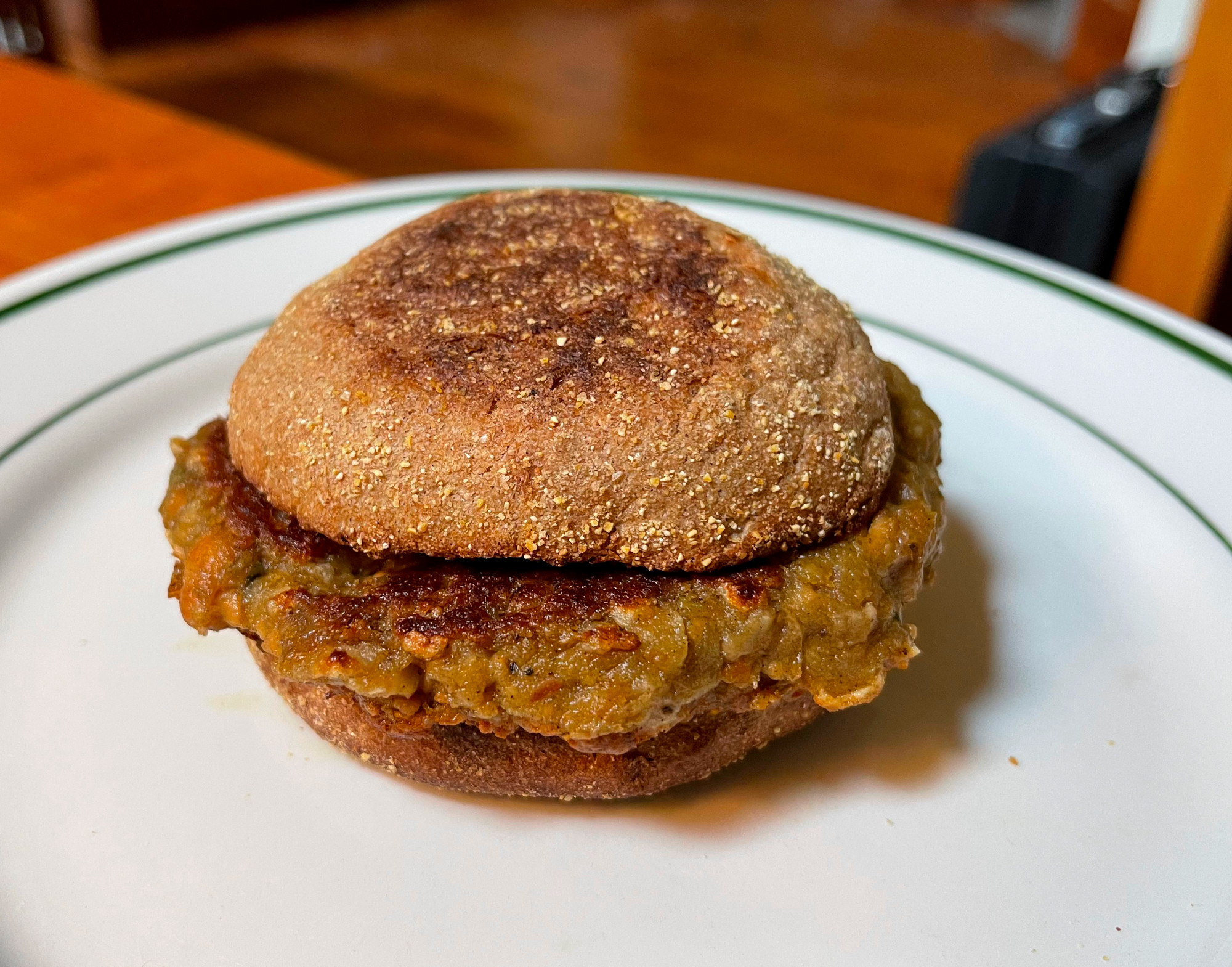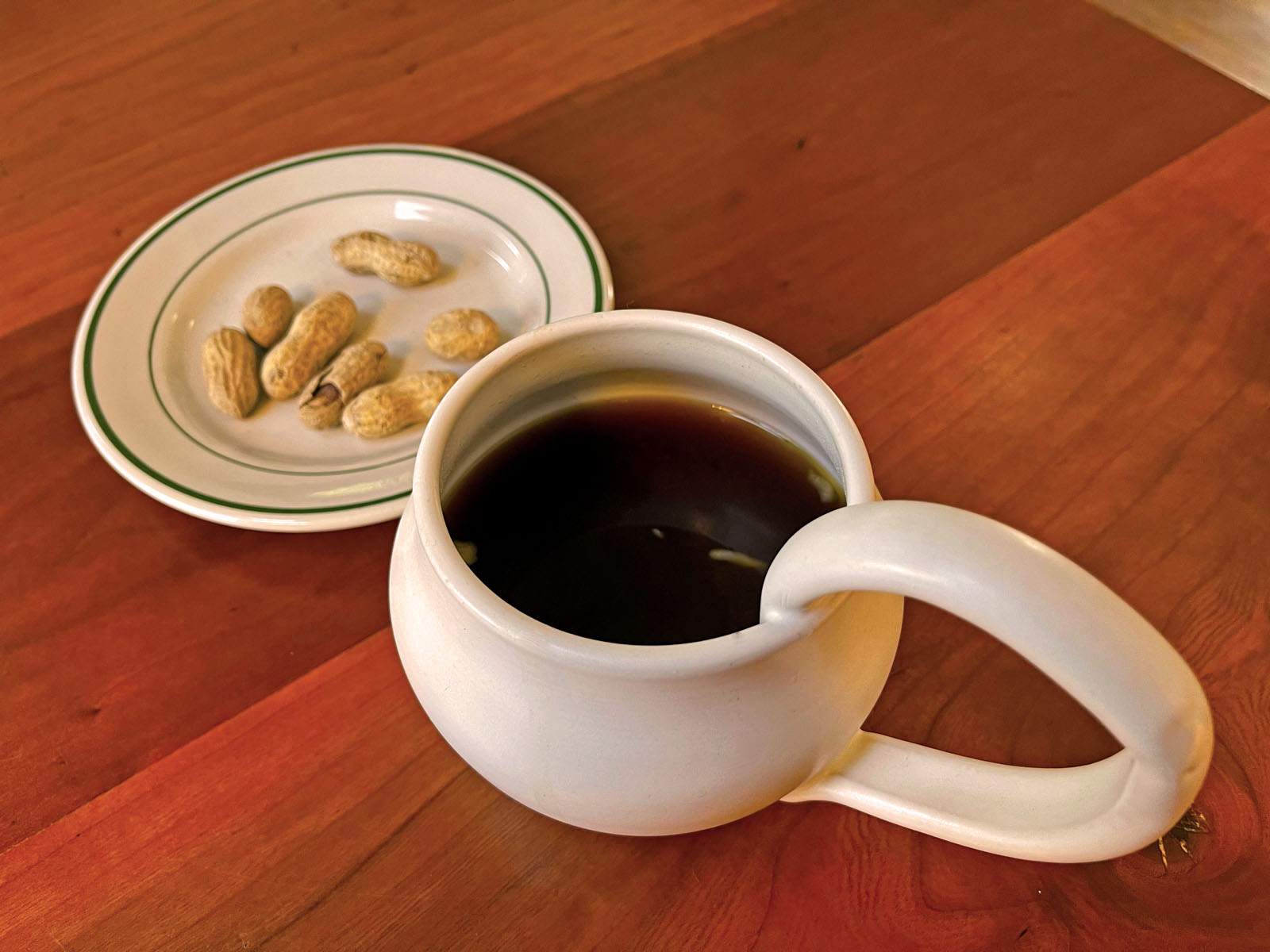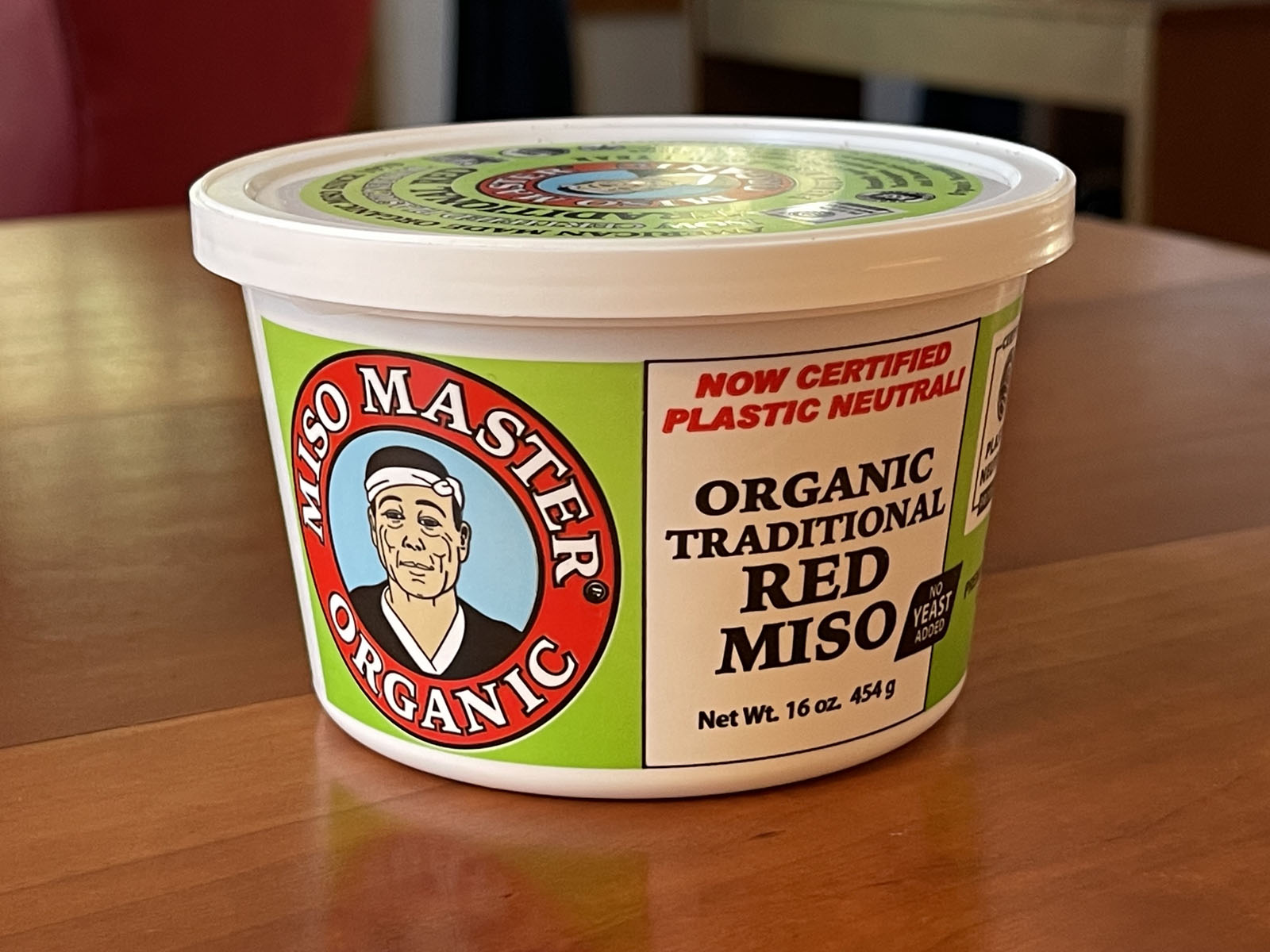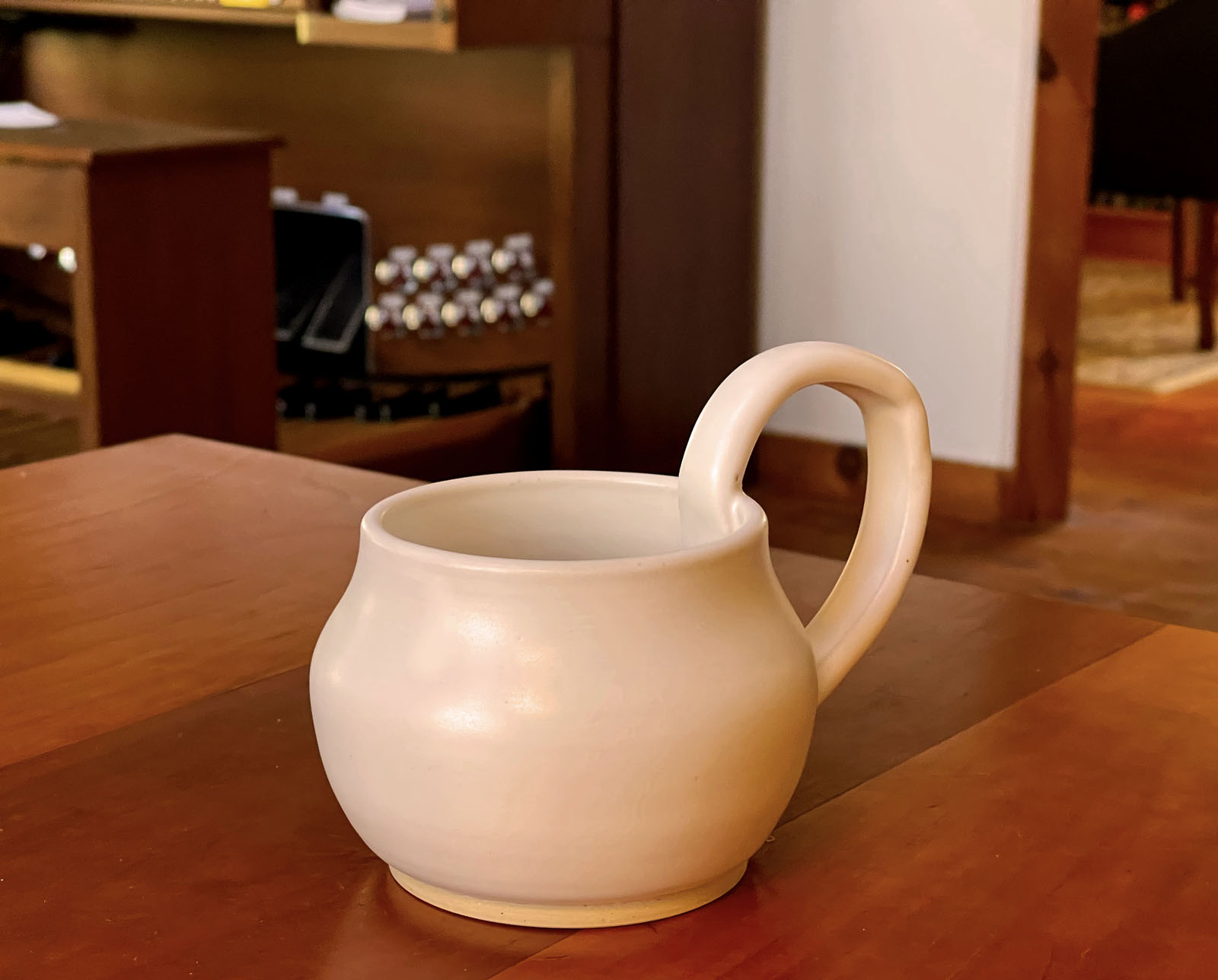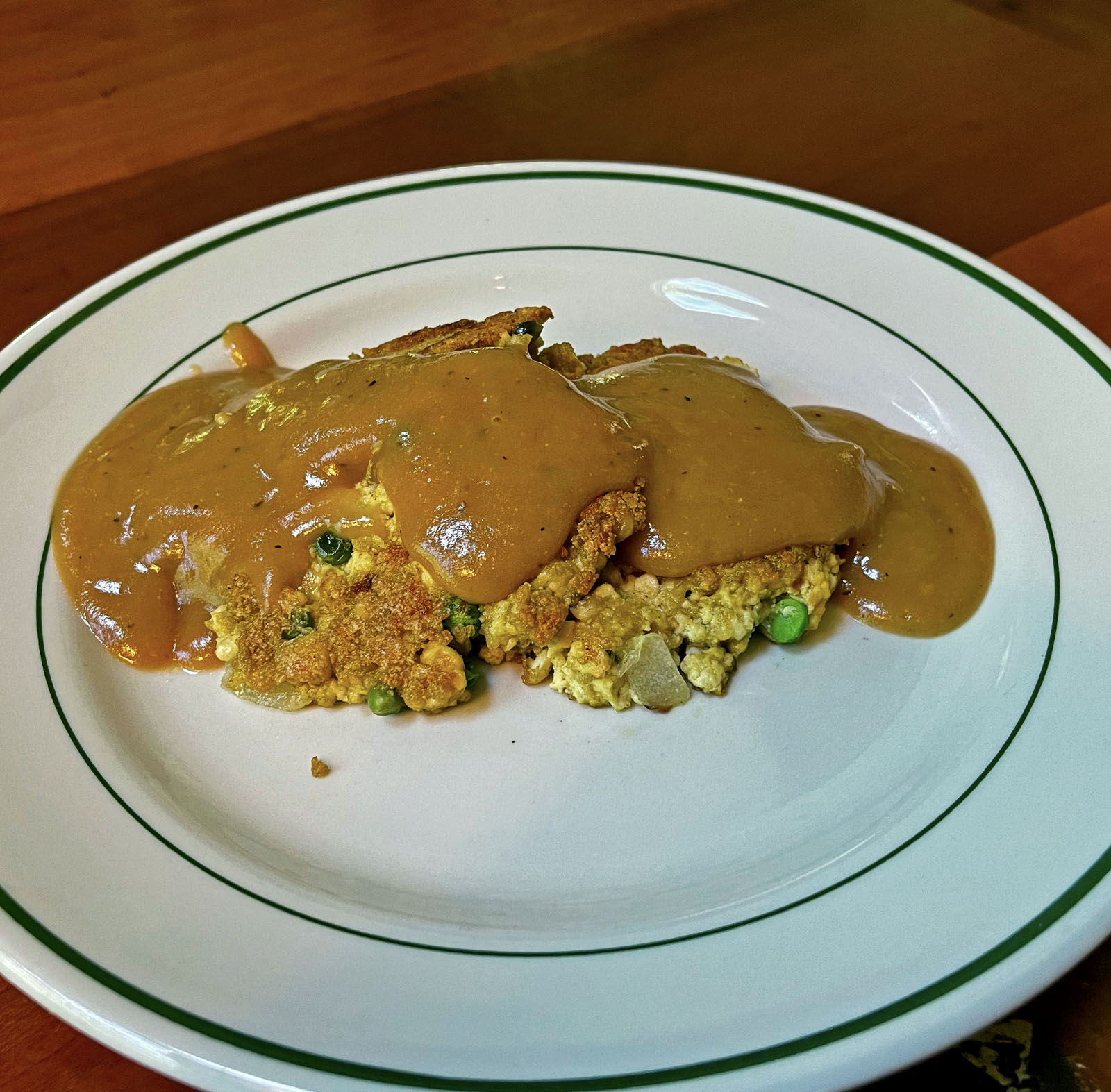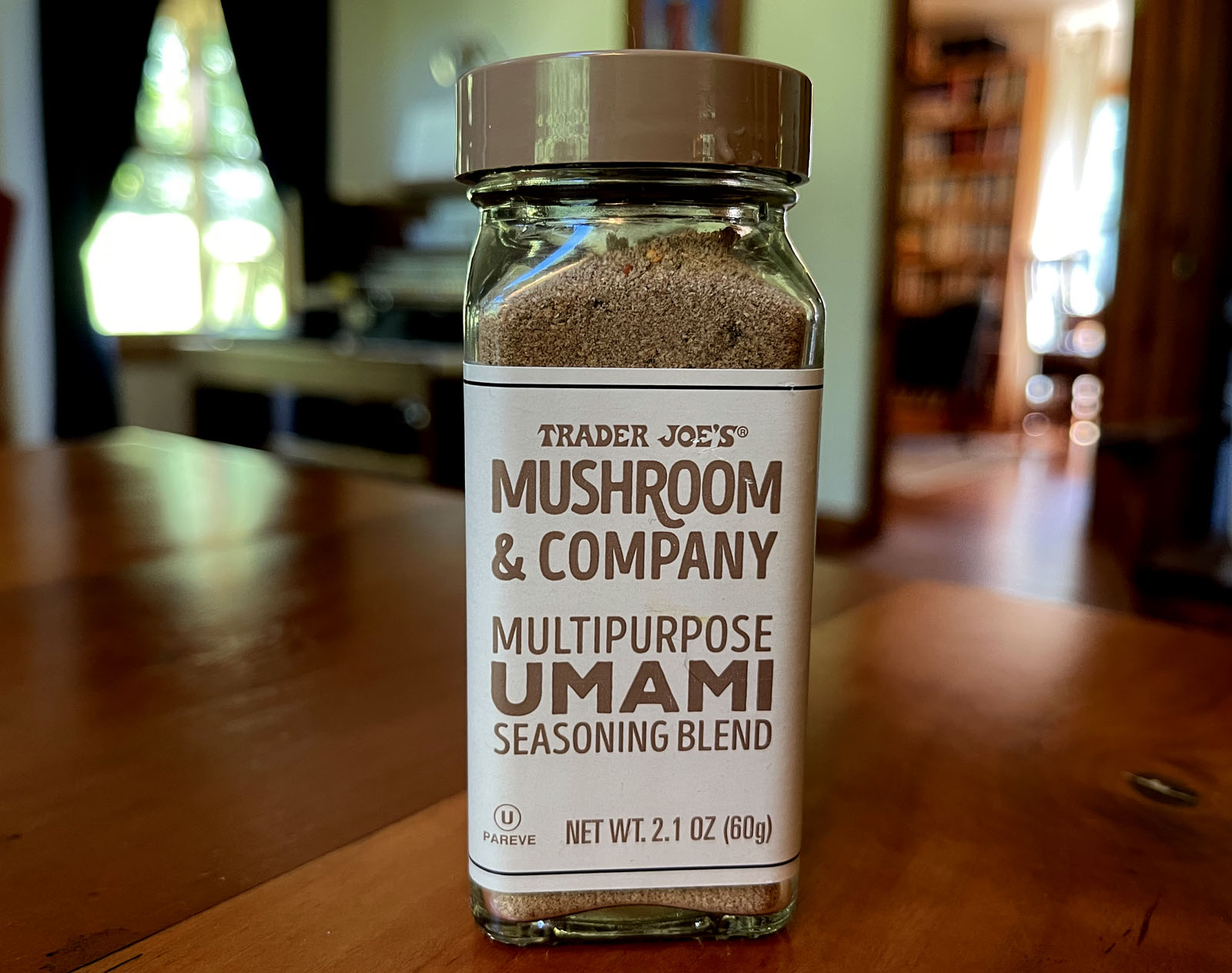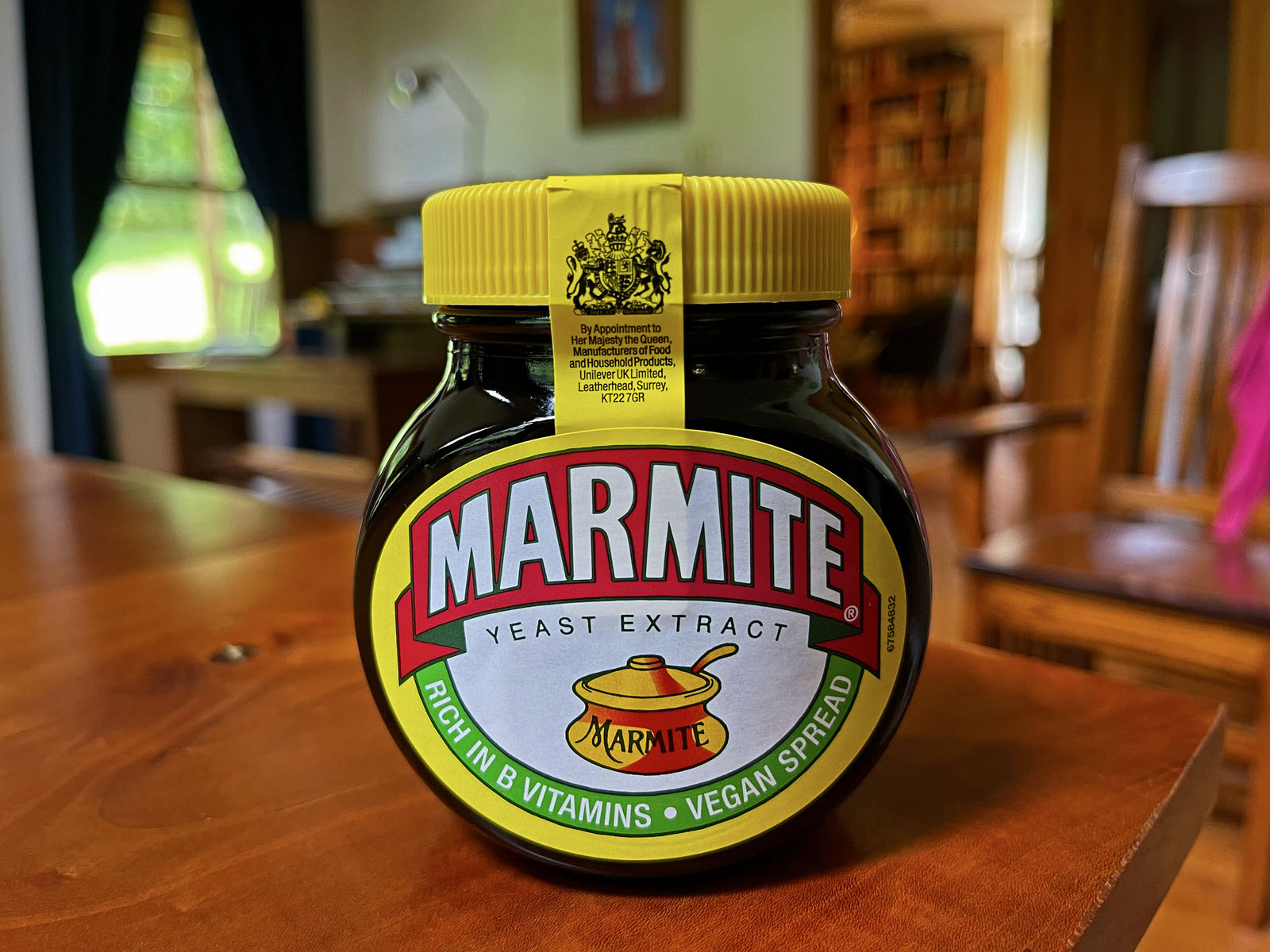
Egg foo yung with stir-fried sweet-potato leaves
I buy good eggs from pastured chickens and then forget that I have eggs. I think it’s because I’m so content on a plants-only diet, until I start to worry that I might not be getting enough B-12. Then I remember how good egg foo yung can be.
You don’t need Chinese vegetables such as bean sprouts. Plain old cabbage (with a bit of onion) works great. The key to good egg foo yung is umami, and that means brown. The umami is partly in the sauce, with some Better Than Bouillon and soy sauce. But the cabbage and onion also need to be browned. I’ve written here in the past about how I think monosodium glutamate is not harmful in small quantities. It’s made from yeast. Study after study has tried to prove MSG guilty of something, anything, and have mostly come up short. After all, our own bodies make glutamic acid, and it’s found naturally in many foods such as tomatoes and cheese. Like salt, it’s something that should be used sparingly. But its ability to add umani is a kind of miracle. When MSG comes into contact with hot oil, it immediately turns a beautiful brown, revealing what it truly is — pure brown umami (though it’s as white as salt) stabilized with a sodium molecule. Oil and heat transform it back into something brown.
Monday morning, because the day was cloudy and somewhat cooler, I made my periodic trip to Whole Foods and Trader Joe’s in Winston-Salem. I feel pinned down by the weather of July and August, and I don’t get out much. As a kind of mini-vacation, I went to Reynolda Village, where there is a Village Tavern. Reynolda Village is adjacent to the campus of Wake Forest University. The place was built in 1916 as a mansion and working dairy farm for the R.J. Reynolds family (think tobacco, and Winston and Salem cigarettes). But since 1965 it has belonged to Wake Forest University. The house is a museum. The grounds and gardens are a park. All the many outbuildings, all of which have a lot of charm, have been turned into little eateries and boutiques. At 11 a.m., Village Tavern had just opened for lunch. The large patio was empty, with big yellow umbrellas and twinkle lights, overhung by enormous oak trees. The waitress assigned to the patio had no one to accommodate but me. How could I resist a nicely cooked lunch, since I rarely eat out?
Incidentally, what is the appeal of fast food other than that it’s (somewhat) fast? It’s not even cheap. A few months ago, I went to a Chick-fil-A for the first time because I was curious about their cauliflower sandwich (a temporary offering; they no longer have it). As I recall, that sandwich cost more than $11. And yet the grilled salmon plate with healthy fixin’s at Village Tavern didn’t cost that much more — $18 — and in a far more pleasant setting. I might eat out more often but for the fact that Winston-Salem, about 45 minutes away on winding roads, is the nearest place with civilized eateries and trained cooks. Here in the sticks, it’s all country cookin’ with shockingly sorry ingredients, cooked by cooks who couldn’t cook their way out of a ham biscuit.
Please don’t misunderstand me. I esteem country cookin’. One of my grandmothers was a master chef of provincial Southern cookin’, by any standard (and she had a big farm to supply her). But these days few people know how to do it or have even tasted anything that meets the standard. And rural restaurant food is always inferior because of the necessity of sorry ingredients, stingily deployed by untrained low-wage cooks, to keep prices low. Southern provincial cookin’ is like a dying language that a few native speakers are trying to keep alive.
I started out talking about egg foo yung, didn’t I? But of course there are many methods that all good cookin’ has in common.

Grilled salmon at the Village Tavern, Reynolda Village in Winston-Salem









